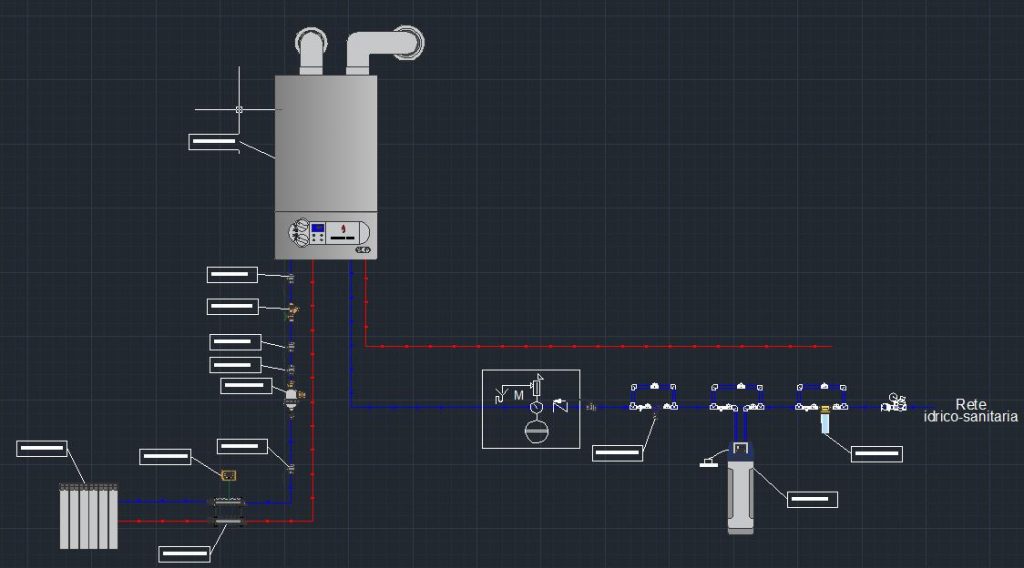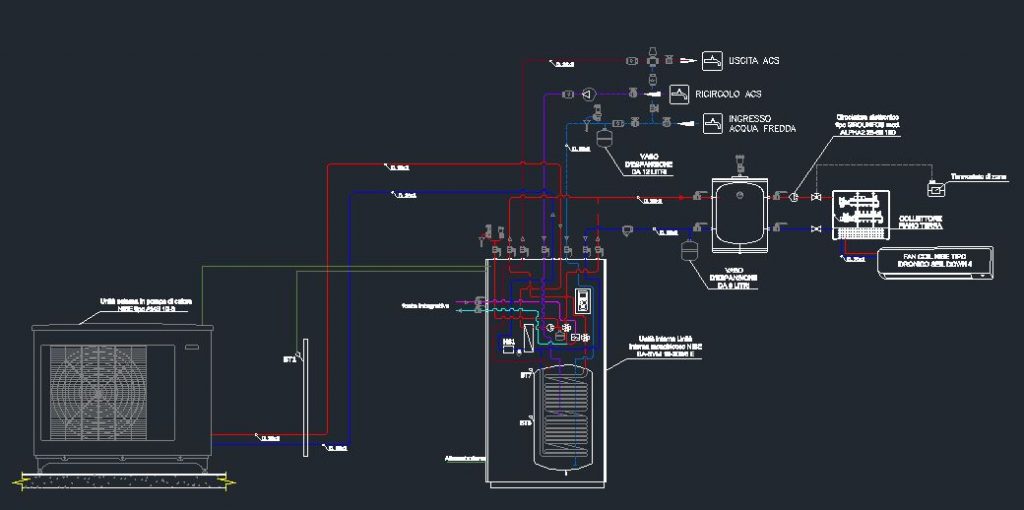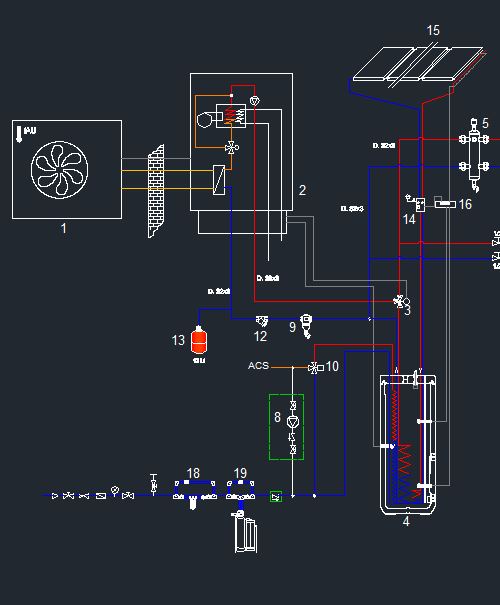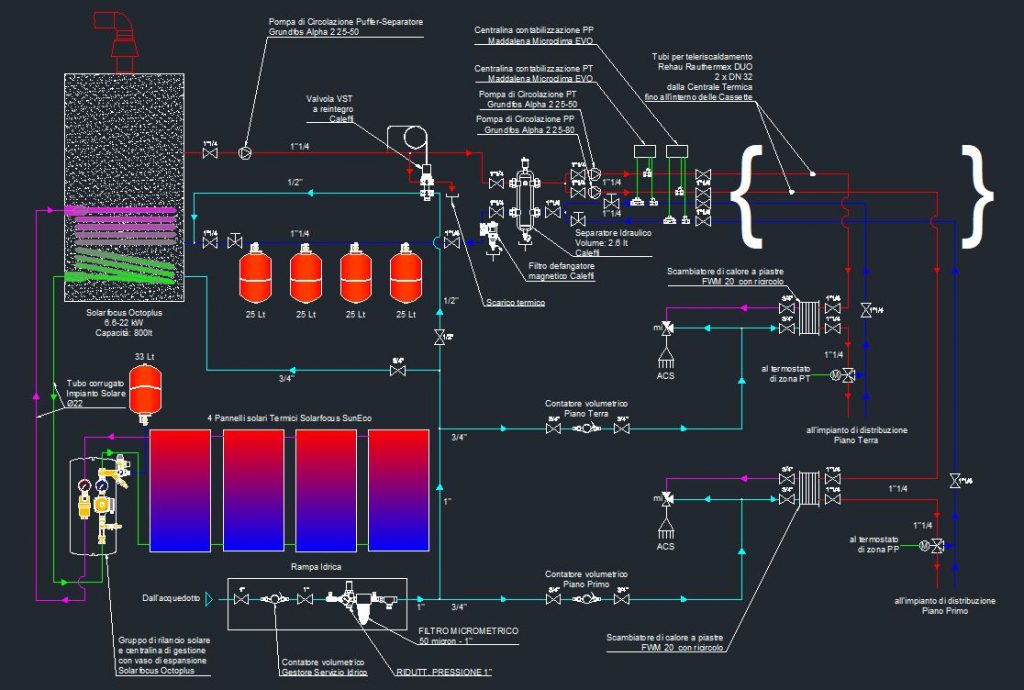Percorso Progettazione Impianti Termici
DESCRIVERE PERCORSO CEFTI
Here’s the carousel in action.
To create this, put a list of image URLs in your page’s front matter, like this:
images:
- http://www.something.com/path/to/image1.jpg
- http://www.something.com/path/to/image2.jpg
- http://www.something.com/path/to/image3.jpgAnd then add the following block of HTML:
<div id="carouselExampleControls" class="carousel slide mb-4" data-ride="carousel">
<div class="carousel-inner">
{% for img in page.images %}
<div class="carousel-item {% if forloop.first %}active{% endif %}">
<img src="{{ img }}" class="d-block w-100" alt="">
</div>
{% endfor %}
</div>
<a class="carousel-control-prev" href="#carouselExampleControls" role="button" data-slide="prev">
<span class="carousel-control-prev-icon" aria-hidden="true"></span>
<span class="sr-only">Previous</span>
</a>
<a class="carousel-control-next" href="#carouselExampleControls" role="button" data-slide="next">
<span class="carousel-control-next-icon" aria-hidden="true"></span>
<span class="sr-only">Next</span>
</a>
</div>You could extend this idea by combining it with a modal to show the carousel in fullscreen mode.




